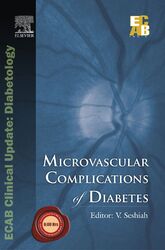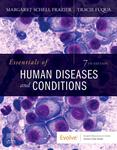「重要なお知らせ:日本語書籍をご購入いただき、eLibraryをご利用の皆さまへ」
エルゼビアは、より快適にサービスをご利用いただくため、システムの重要なアップデートを実施いたします。
現在、新サイト、eBooks+への移行が進められています。
新規ユーザー登録および書籍の登録はElsevier eLibraryでは停止しております。
12月15日以降に
こちらよりご利用・ご登録ください。
Book Description
The pathogenesis of microvascular complications is complex and multifactorial. Yet, hyperglycemia emerges as the most important single cause, which has been proved by the Diabetes Control and Complications Trial (DCCT). Thus, the importance of protecting the body from hyperglycemia cannot be overstated; the direct and indirect effects on the human vascular tree are the major source of morbidity and mortality in both type 1 and type 2 diabetes. Generally, the injurious effects of hyperglycemia are separated into macrovascular complications (coronary artery disease, peripheral arterial disease, and stroke) and microvascular complications (diabetic nephropathy, neuropathy, and retinopathy). It is important for physicians to understand the relationship between diabetes and vascular disease because the prevalence of diabetes continues to increase in our country, and the clinical requirements for primary and secondary prevention of these complications are also expanding.


 (0 rating)
(0 rating) 






